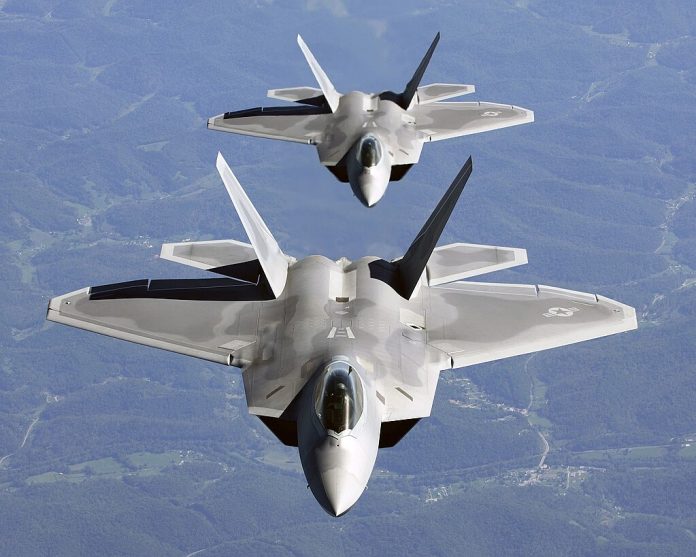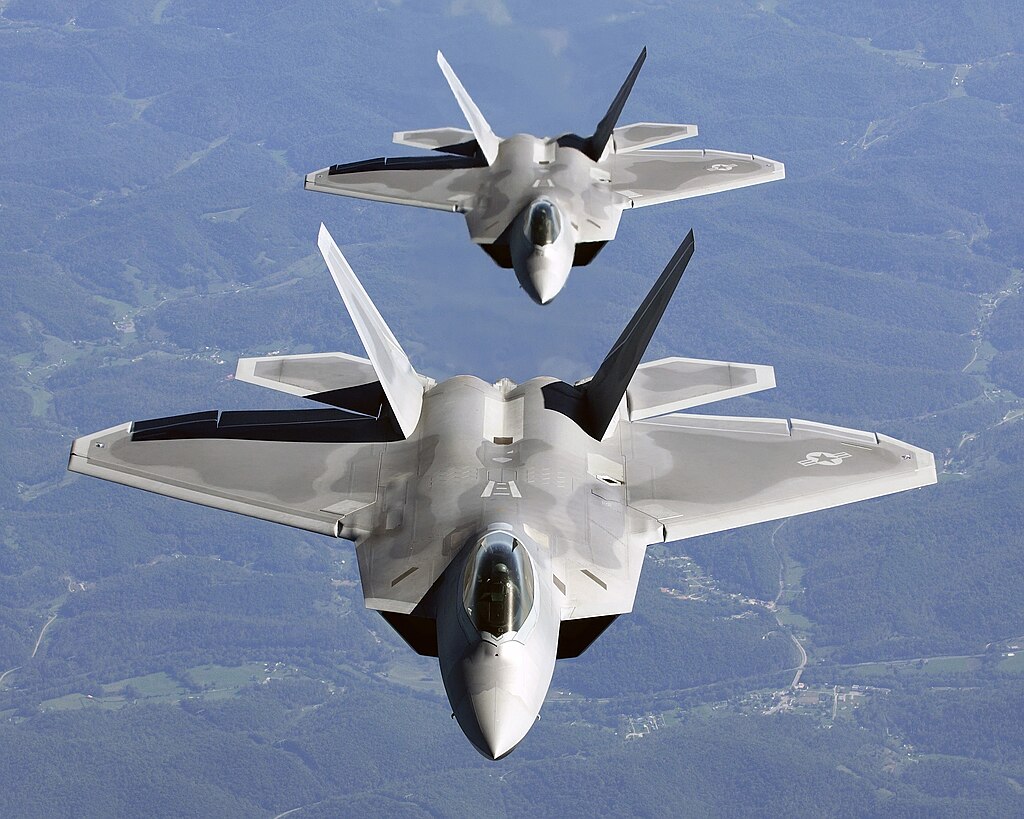
How can one airplane decide the outcome of modern conflict? The key to answering this question rests in the almost incomparable capabilities of today’s top fighter jets-machines that meld stealth, speed, advanced sensors, and precision weaponry to secure air dominance in an era where aerial engagements can be decided before opponents even detect each other.
Recent combat operations underline the fighters’ continued relevance. From intercepting threats hundreds of miles away to hitting targets deep behind enemy lines, or acting in concert with other friendly assets to carry out many of the most complex missions, these jets are tailor-made for decisive action. Here, in ranking order, are 11 of today’s most formidable fighters in service, each judged on operational record, technological sophistication, and strategic impact.
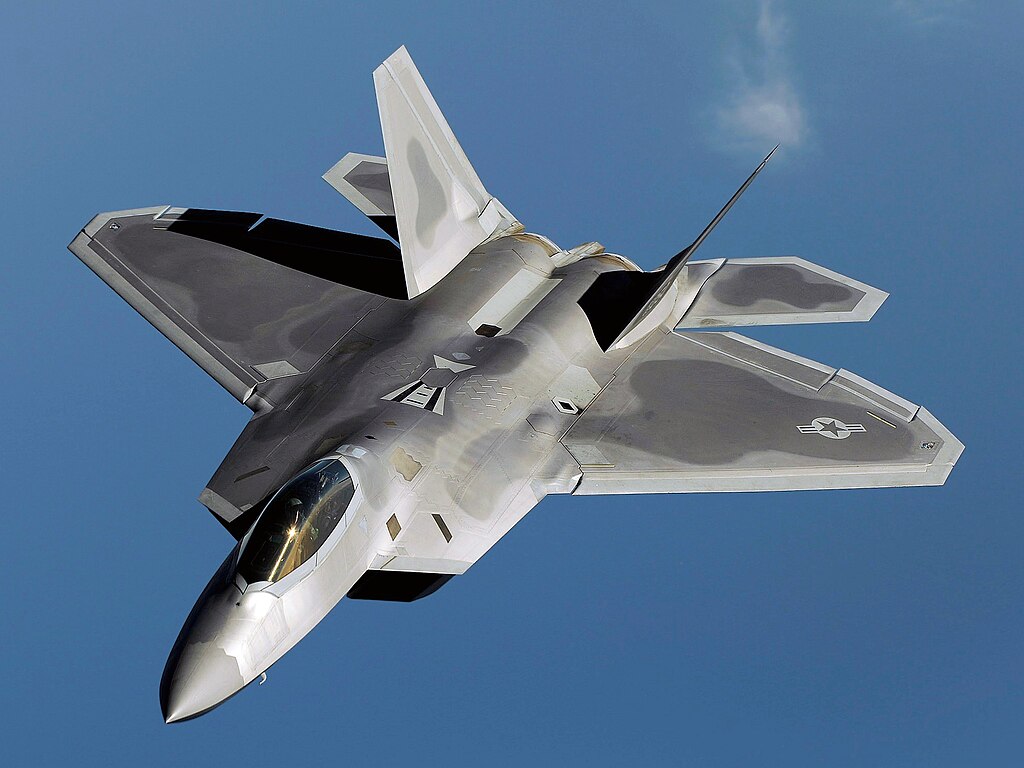
1. Lockheed Martin F-22 Raptor
Created during the latter Cold War decades, the F-22 has maintained its reputation as the benchmark of air dominance. Entering service in 2005, combining stealth shaping, supercruise capability at Mach 1.82, and thrust vectoring for extreme maneuverability, it consistently out-flew rivals in exercises with adversaries often failing to detect it before being killed in simulated combat. Its weaknesses are very high maintenance demands and a relatively short range, but with about 183 in service, it still cannot be rivaled in stealth and agility.
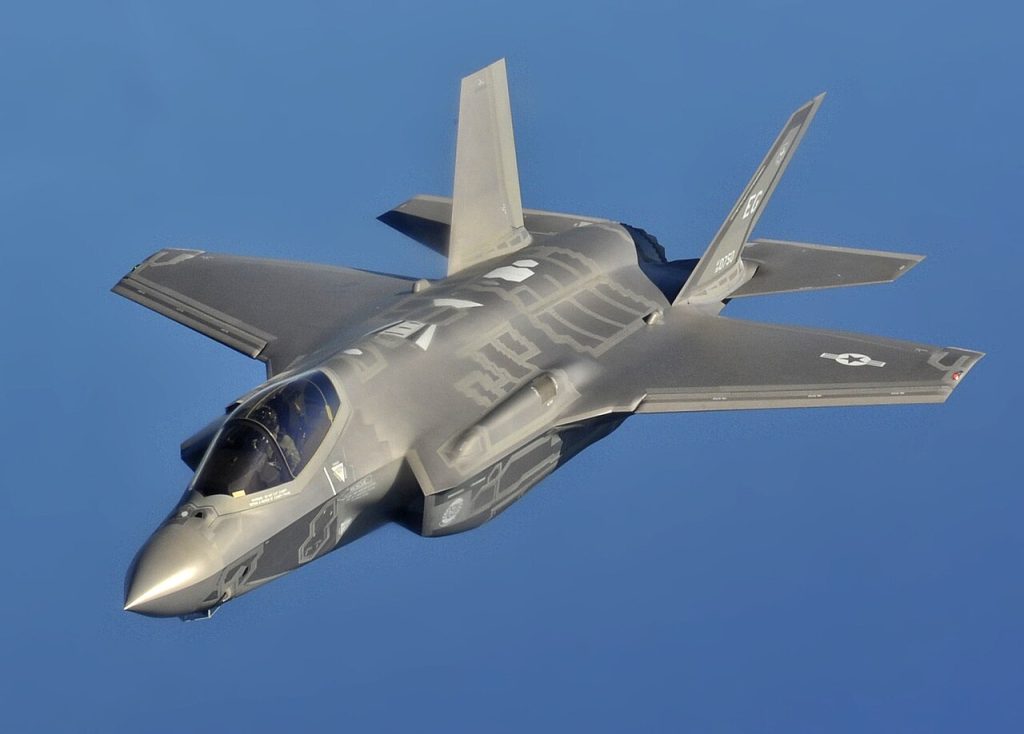
2. Lockheed Martin F-35 Lightning II
The F-35 is a multirole stealth fighter designed to deliver unparalleled situational awareness through sensor fusion and data sharing. As RAF Wing Commander Scott Williams has said, “First to see is first to shoot is first to kill.” A number of A, B, and C variants give up raw speed for stealth and networked warfare capability. Over 1,200 delivered worldwide, it restructures allied air forces to take advantage of weapons such as the Meteor BVRAAM for expanded engagement envelopes.

3. Dassault Rafale
France’s omnirole fighter excels at transitioning between missions in mid-air. Equipped with Meteor and MICA missiles, plus the 30-mm GIAT cannon, it offers strong air-to-air and air-to-ground capabilities. High survivability is guaranteed with its SPECTRA electronic warfare suite, while maneuverability is excellent at low altitude. Although lacking full stealth, it nevertheless has proved competitive against the best fighters in multinational exercises.

4. Boeing F-15 Eagle / F-15EX Eagle II
The combat record of the F-15 speaks to its enduring design: 104 aerial victories without loss. This newest F-15EX adds advanced AESA radar, modern avionics, and a payload increase to a maximum 30,000 lbs of ordnance, including over 20 air-to-air missiles via the AMBER system. While it is not stealthy, its speed-Mach 2.5-and payload combine to make it a very capable escort and strike platform.
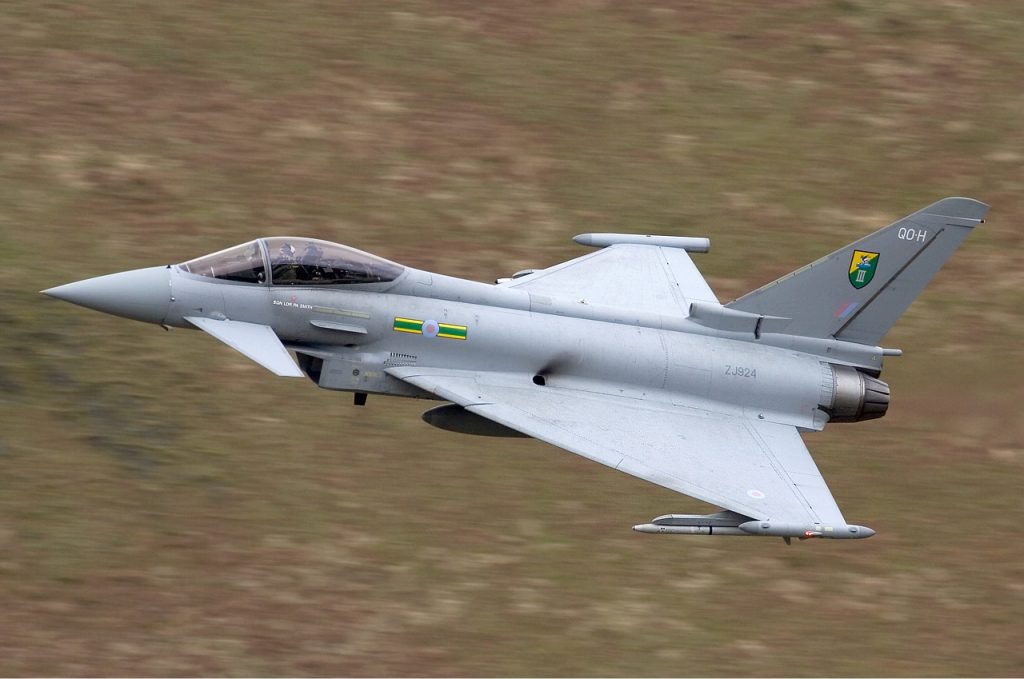
5. Eurofighter Typhoon
A product of the UK, Germany, Italy, and Spain, the Typhoon couples high speed, rapid climb rates, and agility with powerful beyond-visual-range armament. The integration of Meteor missiles extends its no-escape zone considerably. Avionics enhancements include advanced target acquisition via PIRATE IRST and helmet-mounted displays, though its radar cross-section is higher than that of other stealth fighters.
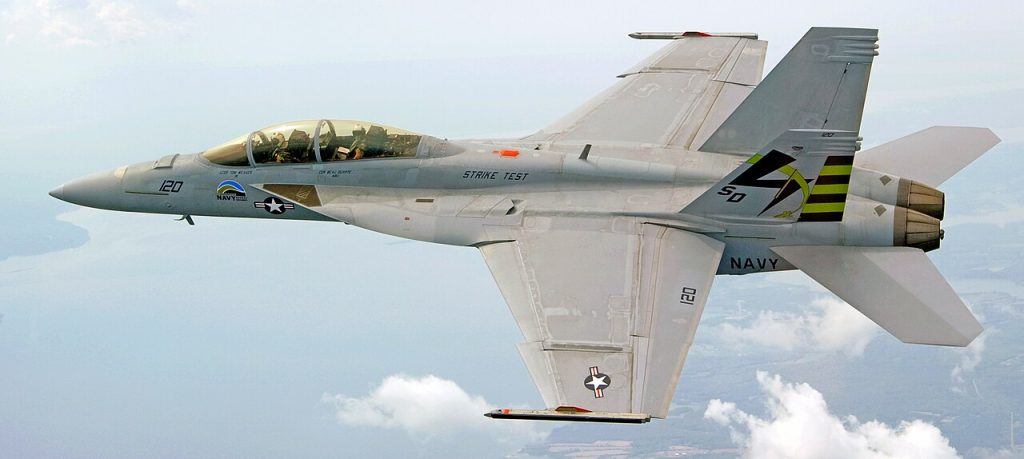
6. Boeing F/A-18E/F Super Hornet
The US Navy’s carrier-based workhorse offers reliability, advanced avionics, and superb low-speed agility. High Alpha maneuvers are the stuff of legend, allowing its nose to point in a dogfight. Drag created by external stores restricts high-speed performance, but the future integration of long-range missiles will help give it reach. It remains one of the most versatile naval fighters.

7. Chengdu J-20 Mighty Dragon
The J-20 is China’s first operational stealth fighter, conceived to counter both the F-22 and F-35. More than 300 have been built, featuring supercruise, large internal bays, and long-range missiles. Analysts say it is less stealthy than US fifth-generation jets, but the scale of production and continuous upgrades, including thrust-vectoring and dual-seat variants, point to growing maturity.
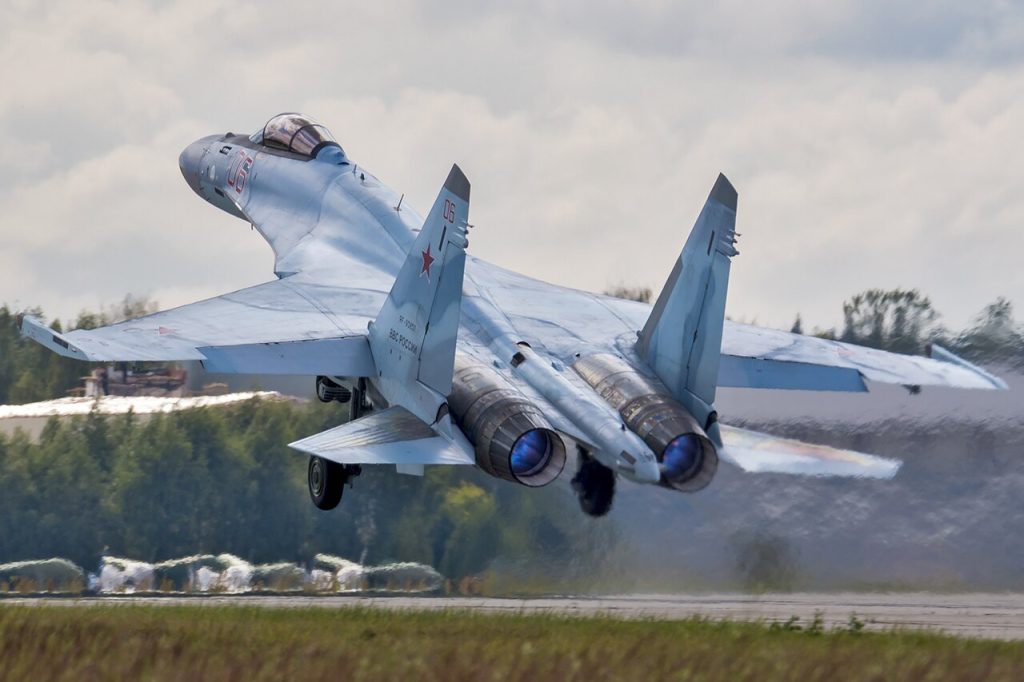
8. Sukhoi Su-35 Flanker-E
The Su-35 is a high-end 4++ generation derivative of the Su-27 with thrust-vectoring, very high agility, and very large weapons load of more than 17,000 lbs. Detection capability is very good with both PESA radar and IRST, and it can carry the R-37M long-range missile. Without stealth, it nonetheless is an extremely formidable opponent in close combat and long-range engagements.
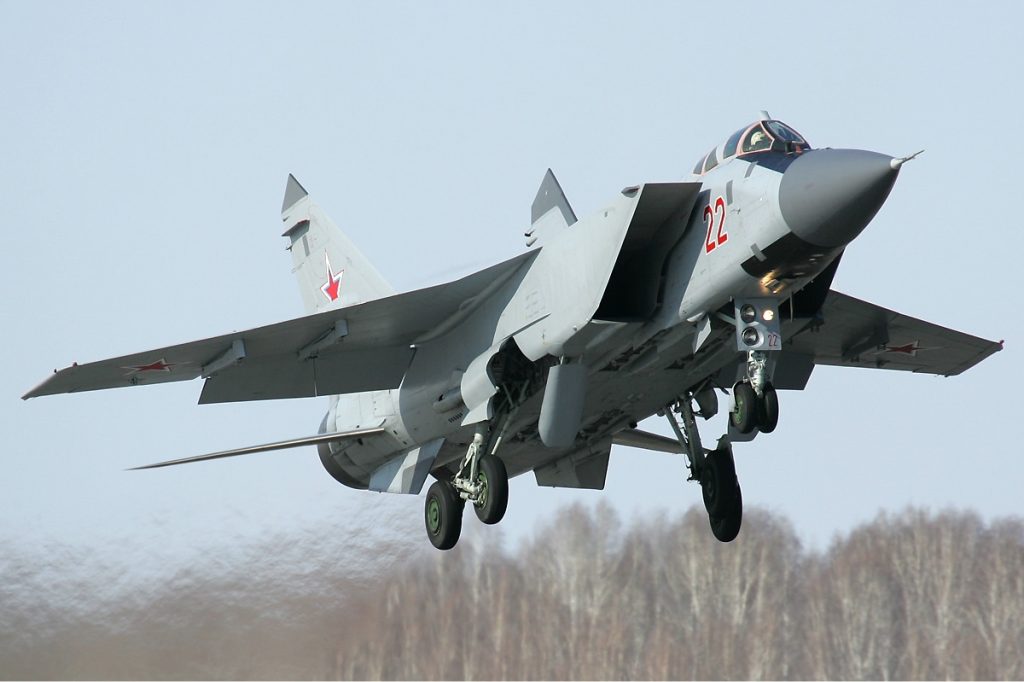
9. Mikoyan MiG-31BM Foxhound
It’s a heavy interceptor with no peer for speed-Mach 2.83–and is fitted with the Zaslon-AM radar and R-37M missiles able to engage targets beyond 120 miles. Its strategic role is air defence, intercepting bombers and cruise missiles. Highly visible to radar, its reach and missile performance make it a potent stand-off threat.
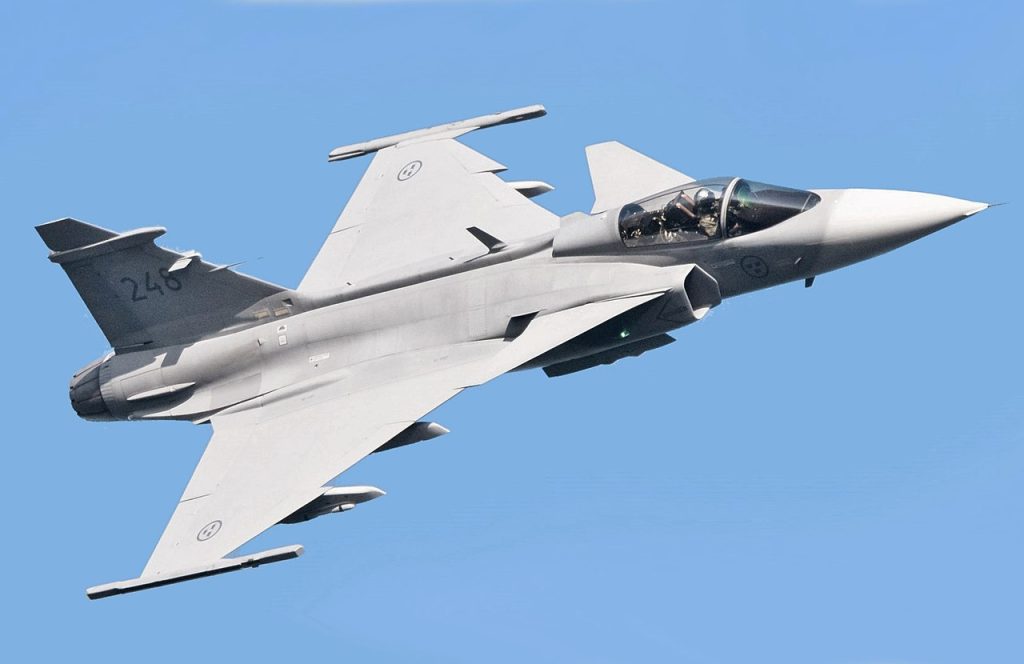
10. Saab JAS 39 Gripen C/D
Sweden’s multirole lightweight fighter focuses on being affordable and easy to maintain, able to quickly turn around at dispersed bases. Due to the Meteor missile armament as well as extensive national air defense integrations, despite its small size, it has broad deterrent value. The new Gripen E replaces and upgrades sensors and engine performance.
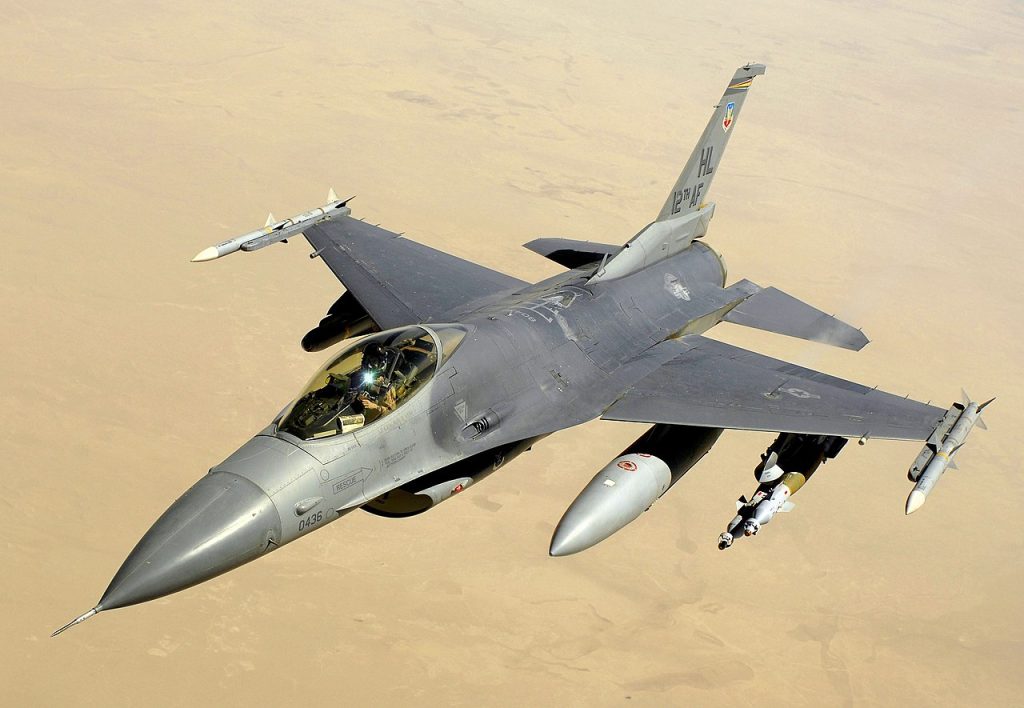
11. Lockheed Martin F-16 Fighting Falcon
The F-16 is the most widely operated modern fighter, in service with upwards of 2,000 aircraft. It has evolved into a capable multirole platform. The newer blocks feature AESA radar, advanced targeting systems, and compatibility with an impressive range of munitions. Though not stealthy and out-ranged by newer missiles, its versatility and wide global support network guarantee its continued relevance. These 11 fighters illustrate the diverse approaches taken by nations in securing air superiority, with some focused on stealth and sensor fusion, while others remain focused on raw speed, payload, or operational flexibility. Jointly, they define the cutting edge of aerial combat in 2025 and shape the balance of power in skies worldwide.
